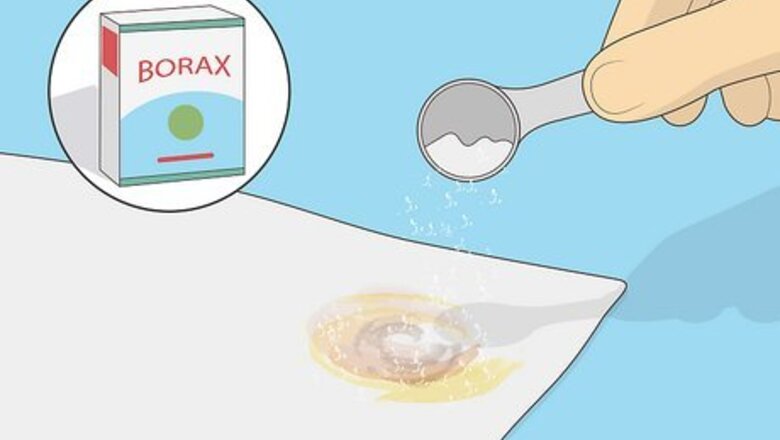
views
Cleaning with Borax

Cover the stained area with Borax. Known as sodium borate, this cleaning chemical is a powerful asset when removing stains. Its alkaline qualities help to break down harsh residue including banana sap. Borax powder is readily available at most supermarkets and cleaning stores. Measure out 1 teaspoon (8.33 g) of Borax powder and sprinkle it on the sap-stained area. Add more Borax as needed.

Run hot water through the fabric. Put the fabric underneath running hot water, whether in your bathtub or your sink. Allow the water to saturate the Borax-coated stain, forming a borax solution over the stain. It’s not necessary to get the entire article of clothing wet.
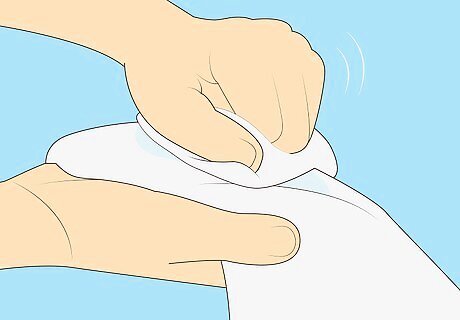
Rub the stain. Turn off the water and get the piece of clothing to a dry area. Using a clean, dry rag, gently scrub until the stain begins to disappear. You may have to scrub vigorously multiple times to ensure the stain is adequately removed. If the stain still remains, add another 1 tsp (8.33 g) of Borax powder, but be careful not to oversaturate the area. This could stain it further. Add more hot water and scrub again, repeating until the stain is removed.

Leave the item to dry. After the stain is removed, put your piece of clothing on a hanger and allow it to dry. Make sure the borax powder is completely washed out of the fabric before drying so there’s no residue remaining on the fabric. After the fabric is dried, the stain should be completely removed, leaving no leftover Borax powder or banana sap.
Using Glycerin and Bleach
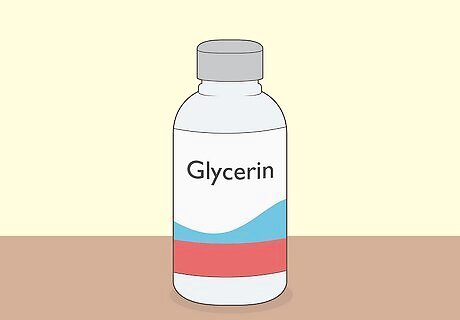
Break down the starch with glycerin. Glycerin is created from making soap, and it can stem from animal or vegetable sources, either of which are useful for cleaning banana sap. It is an alcohol and a natural solvent, and its enzymes work brilliantly to remove the starch from sap, a crucial step in cleaning the stain. Drug stores and pharmacies should carry bottles of glycerin oil.
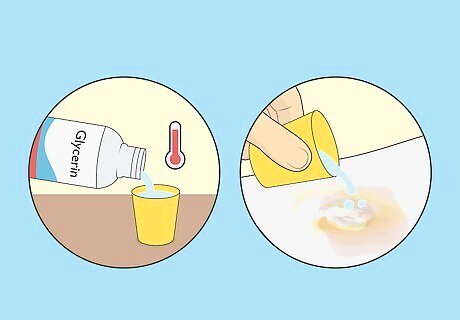
Apply a glycerin solution. Create a mixture by adding 1 part glycerin oil and 1 part warm water, stirring it in a small cup or bowl until evenly mixed. Pour the solution over the stain until it fully covers it, but don’t oversaturate the stain as it will be more difficult to clean off.
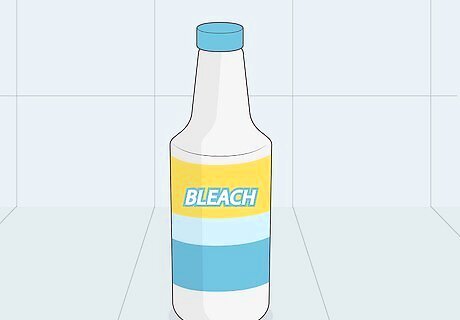
Remove the color with bleach. Bleach is an effective tool to get rid of color leftover from a banana sap stain, however, you need to check for colorfastness first. This term refers to the ability for fabric to retain its color with regular washing and care. Check the care tag to see if it mentions colorfastness or specifies that it can’t be washed with other colors. If it needs to be washed separately, then bleach shouldn’t be used as the fabric does not retain its color easily. Add 1 tablespoon (15 mL) of bleach with ⁄4 cup (59 mL) of water. Mix well. Using a cotton swab, dab this mixture onto an inside seam of the fabric. Let the solution rest for one minute. Use a paper towel to dry the area, and look to see if any color was removed. If the color remains the same, then bleach can be safely used on the fabric.
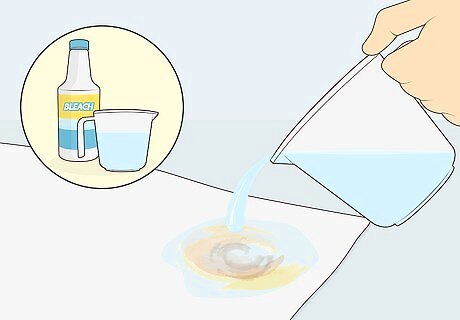
Apply the bleach solution. After testing for colorfastness, create a diluted 1:6 bleach solution where you use one part bleach and six parts water. Pour enough bleach solution to cover the stain, but be very careful not to add too much. Let it sit for a couple minutes.
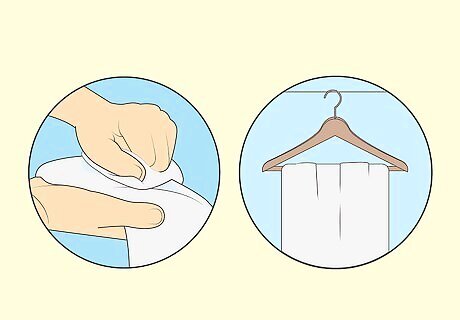
Clean and dry the item. Using warm water, wash the stained area until the glycerin and bleach are removed. Use a clean, dry rag to remove any excess material. Put the fabric on a hanger at let it air dry until completely dry. Check to make sure the stain is removed. If not repeat the process over again until the stain has disappeared.
Removing Sap with Alcohol

Apply rubbing alcohol. This method works well for lighter banana sap stains. Check for colorfastness before using rubbing alcohol or any harsh chemicals. Pour a little bit of rubbing alcohol onto a cotton swab until it is completely saturated. Dab the stained area with the swab, ensuring every section of the stain is covered with the rubbing alcohol.

Wash the item with detergent. Put the stained fabric into the clothing immediately after applying the rubbing alcohol. Feel free to use your normal detergent. Don’t mix any other clothing into the wash as the rubbing alcohol could spread to other pieces of clothing. Wash it with cold water as warm water can sometimes set stains in the clothing. Make sure you use an amount of detergent that’s appropriate to your piece of clothing so it doesn’t retain a detergent smell.
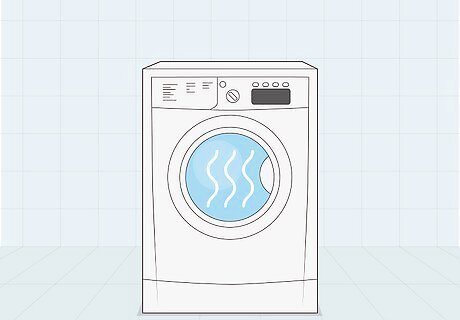
Dry the item. Put the piece of clothing in your dryer and put it on a full, complete cycle. Put a dryer sheet with your clothing to ensure it dries while retaining freshness.


















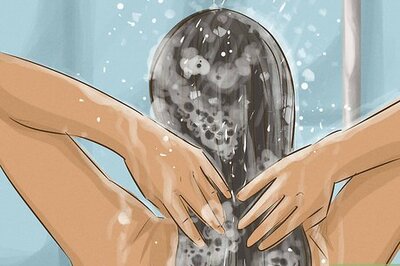
Comments
0 comment